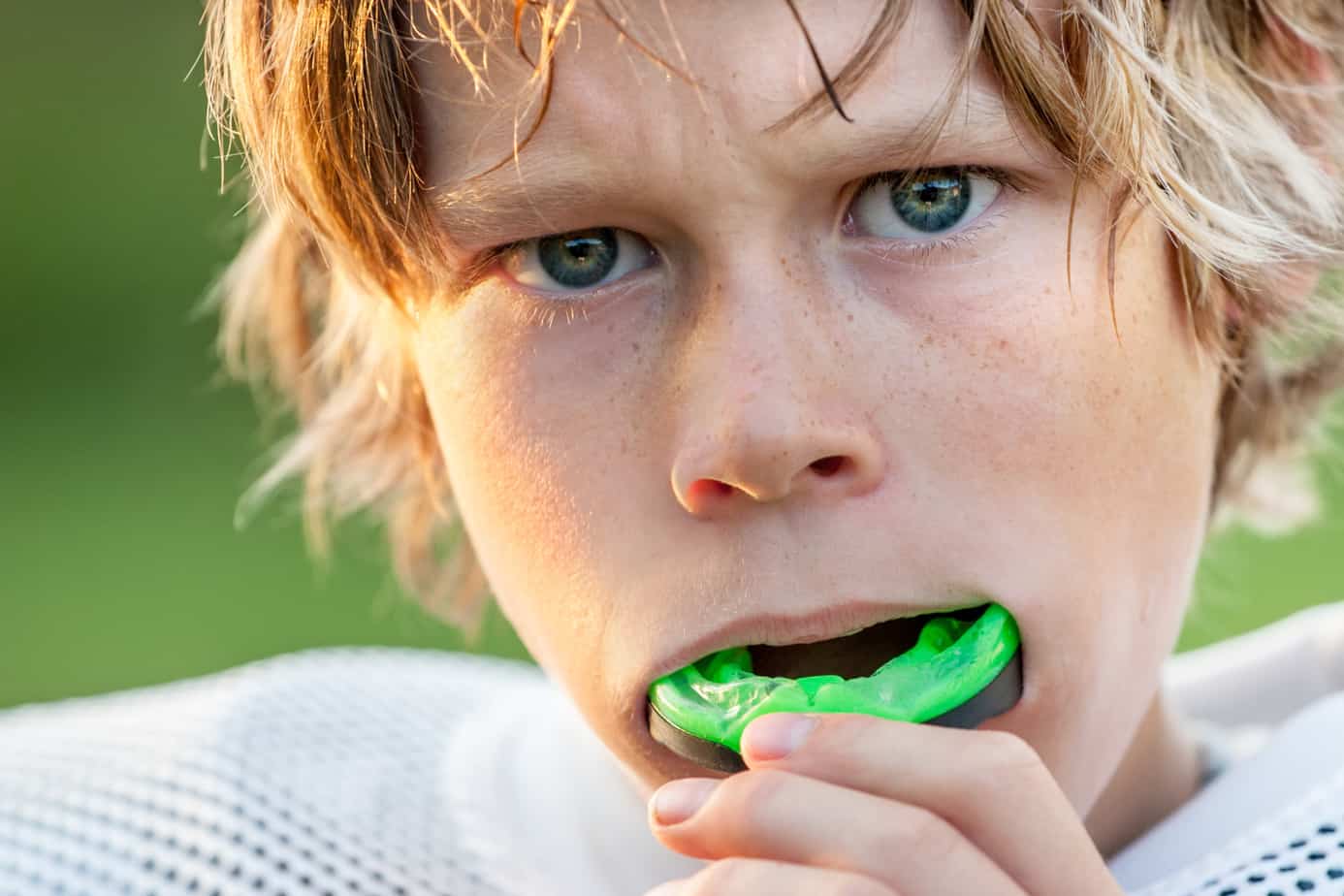Your little athletes get so preoccupied with keeping the offense out of the end zone that they don’t even think about protecting “the smile zone.” This term is pretty self-evident, but just in case, the smile zone is the upper front area of the mouth that displays both the teeth and gum line when a person smiles.
The American Dental Association reports that “numerous surveys of sport-related, dental injuries have documented that participants of all ages, genders and skill-levels are at risk of sustaining dental injuries in sporting activities, including organized and unorganized sports at both recreational and competitive levels.”
The ADA further clarifies that “while collision and contact sports, such as boxing, have inherent injury risks, dental injuries are also prevalent in non-contact activities and exercises, such as gymnastics and skating.”
Basically, any child who participates in just about any kind of sport runs the risk of sustaining a dental injury.
For most youth, involvement in some sort of sporting activity is inevitable, so properly fitted mouth guards are the best available protective devices for maintaining oral health. Mouth guards cannot altogether prevent dental-related trauma, but they help to reduce the incidence and severity of sports-related dental injuries.
The ADA cites studies that indicate that mouth guard users benefit from “significant protection” against sports-related injuries to the teeth and soft tissues.” Mouth guards achieve this by providing a protective surface that distributes forces on impact, which minimizes the severity of the traumatic injury to the mouth.
If your children plan to participate in team sports that have risks of injury to the teeth, jaw or soft tissues of the mouth, please come to our office to talk about how to protect their smile zones.


Recent Comments